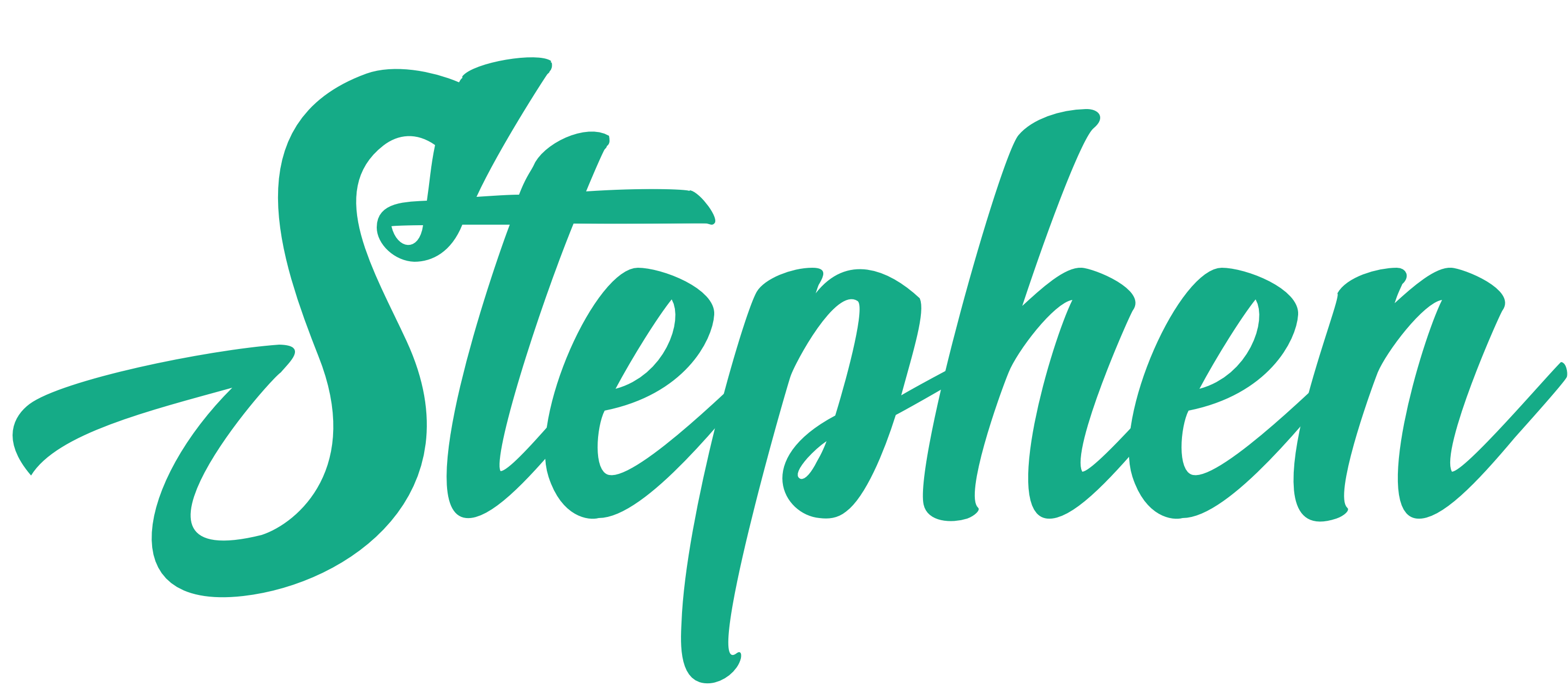Even with an amazing year-end fundraising strategy, if your year-end giving page isn’t optimized for conversions, you’re going to miss out! So let’s talk about giving page optimization.
Online giving is gaining traction, especially during the year-end fundraising season.
Philanthropy News Digest reported that the 2017 fundraising season saw that “online donations accounted for 7.6 percent of total fundraising revenue, up from 7.2 percent in 2016…” They noted further that “21 percent of online donations were made on a mobile device, up from 17 percent.”
I would never recommend you neglect your direct mail campaign and throw all your eggs into the online giving basket.
But you should definitely optimize your online giving page with the same focus as you do your direct mail copy and design.
These fundraising channels complement one another as the line blurs between the online and offline world for your donors.
And with our seven-point checklist, you can make sure your giving pages are ready for year-end fundraising primetime.
#1. Create targeted landing pages
There’s no one-size-fits-all donation page. If you create only one page for all visitors, you’re going to miss out on a lot of opportunities.
Donors are people. In fact, you’re probably a “donor” to one or more organizations yourself. And so it’s important to remember that each of us is motivated by different things.
The path to optimization is paved by refining the message of your landing page so that it resonates with the motivation a donor has to give to your organization. The closer you get to the specific reasons they what to give, the better your page will convert a visitor to a donor.
If you aim at nothing, you’re sure to hit it.
So avoid the “dropdown list of death” with a hundred program options for donors to give to. If your objective is to raise unrestricted gifts, then let that be the only option for the giving page.
If you send out different appeals to various segments of your donor base like:
- First-time donors
- Recurring donors
- High-value donors
- Lapsed donors
- Event attendees
Then create a targeted landing page for each appeal that meets the donor where they are and speaks to the opportunities that motivate that group.
#2. Craft an irresistible headline
Headlines can make or break a landing page. Donation pages are no exception.
Because your headline is one of the first things people see without scrolling, don’t waste the opportunity.
While a drab headline pushes people to leave the page without reading, a stellar headline pulls people in.
Here are the traits of a stellar headline:
- Clear – There’s nothing more important than clarity. If people are confused about the value you offer, there is zero chance they will join your cause. Don’t burn calories trying to be clever. Make sure your headline is crystal clear, and you’ll connect with your donors.
- Connected – Your headline should be clearly connected to the messaging on your donation page so there’s a smooth landing for your readers.
- Specific – Remember that you are asking someone to give a donation. If you want someone to consider taking that step, you need to do more than just present them with a donation page. Craft an explicit headline that is targeted to your ideal donors.
- Urgency – Lastly, your headline needs to communicate a sense of urgency. You want to motivate donors to take action now, instead of later. It’s important for a potential donor to understand that their support is needed immediately.
#3. Clear out the distractions
Your online giving pages should have one (and only one) goal. Anything that detracts from this goal must be eliminated.
So don’t overload your giving page with extraneous distractions that lure people to leave the page.
Instead, be intentional. Design your page to achieve your ultimate goal: a donation.
Ruthlessly slash everything that disturbs focus. This means, among other things:
- no sidebars
- no navigation
- no unnecessary pictures
- no links to other pages
A diversion-free page helps visitors focus on responding to your message.
#4. Use a captivating image
While words are powerful, an image can deepen the connection between your message and the visitor.
Our brains are predominantly visual and process images 60,000 times faster than text. Practically speaking, this means the first thing people ‘read’ on your donation page is the picture.
So make your image count.
- Is it relevant to the story you are telling?
- Does it compliment or distract from the message?
- Is it big enough to be seen?
- Is it high-quality?
A few tips about images on landing pages:
- Avoid using more than one image on your landing page. Too many images become distracting and work against the appeal.
- If at all possible, use a human image where the eyes are clearly seen. If you don’t have a picture with a person in it, consider leaving it out.
#5. Clearly explain the value proposition
Asking donors to give is not enough. You must go deeper and answer the question, “Why should I give to you?”
Your value proposition is the most powerful and influential tool you have to convert a visitor into a donor. Your value proposition isn’t what you “do”, it’s the answer to “why” a donor should give to you and why they should give to you “now.”
A great place to start is by exploring the impact their contribution will make.
For example:
- People don’t give to drill water wells. They give to save the lives of an entire community.
- People don’t give to build a hospital. They give to bring healing to the sick.
Paint a picture of the transformation the donor can participate in.
Consider using bullet points and brief paragraphs to unpack and clarify your value proposition.
A short testimony is another great way to reinforce the positive influence your supporters can make through their gifts.
Just remember: the essence of your appeal is your message. You cannot control a donor, but you can control your message. And it is this message — this value proposition — that attracts your visitor toward making a donation.
#6. Give appropriate options
The reality is that every decision you ask a donor to make on a donation page creates some level of friction with your donor. If your goal is to have a visitor to complete the process of making a donation, it’s important to limit friction.
For example, asking for someone’s name is different than asking for someone’s social security number. No one expects to be asked for that information. But choosing between paying by either credit card or e-check is a decision the donor expects to make. The level of friction is directly related to the expectation your donor has.
And so it goes that when your donor is going through your form, you must consider when and where to provide them with options.
Not all your supporters want to commit at the same level. Some want to give a one-time gift, while others want to give monthly.
Naturally, supporters won’t all want or be able to give the same amount. Suggesting donation amounts helps guide your donors and communicate the impact of their gift.
Finally, don’t forget the ‘other amount’ option so as to cater to those who may want to give a figure that’s not suggested on your page.
Help people take the next step in a way that’s comfortable for them.
#7. Write an engaging call to action
Your call to action marks the finish line of your ask.
It’s the final line of text that prompts your donor to complete the transaction.
Here are some tips to nail the CTA.
- Avoid generic blanket words like ‘submit’.
- Use attractive and meaningful words like ‘Feed a Hungry Family.
- Make your CTA a button because that’s what people are expecting.
- Make it big and easily recognizable — especially for mobile devices.
- Use a different and appealing color for it so it stands out on the page.
- Bonus points if you include graphics that draw eyes to your CTA.
Optimized donation pages equal more donors
There you have it: your seven-point checklist to optimize your online giving page.
One last thing: your organization and donors are unique. So use this checklist as a starting point to try some fresh ideas.





